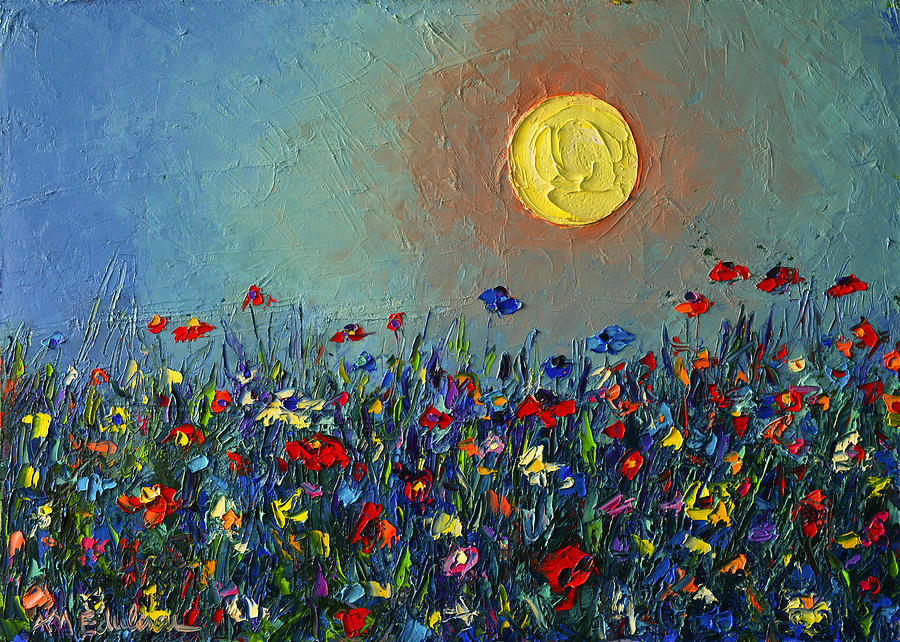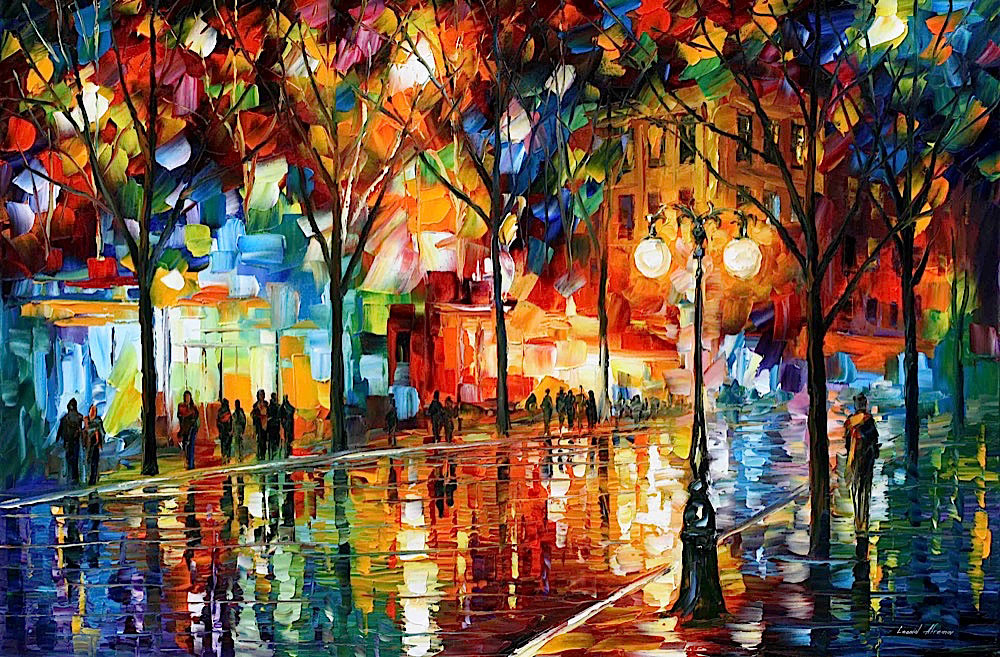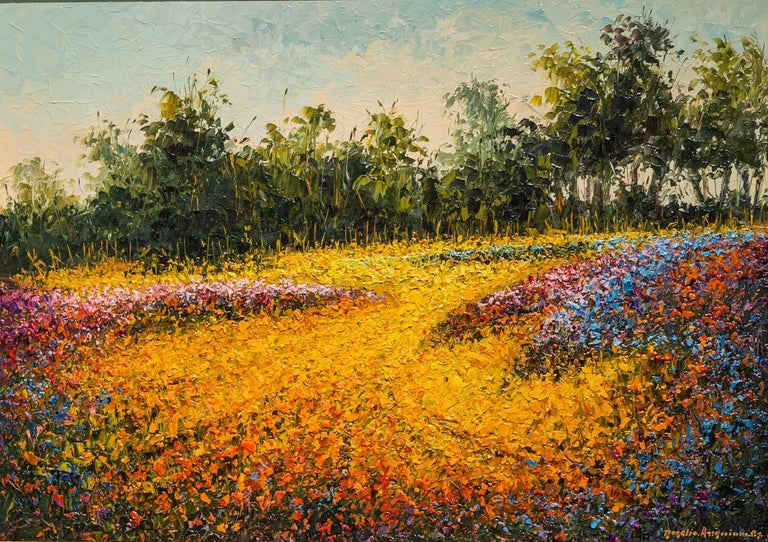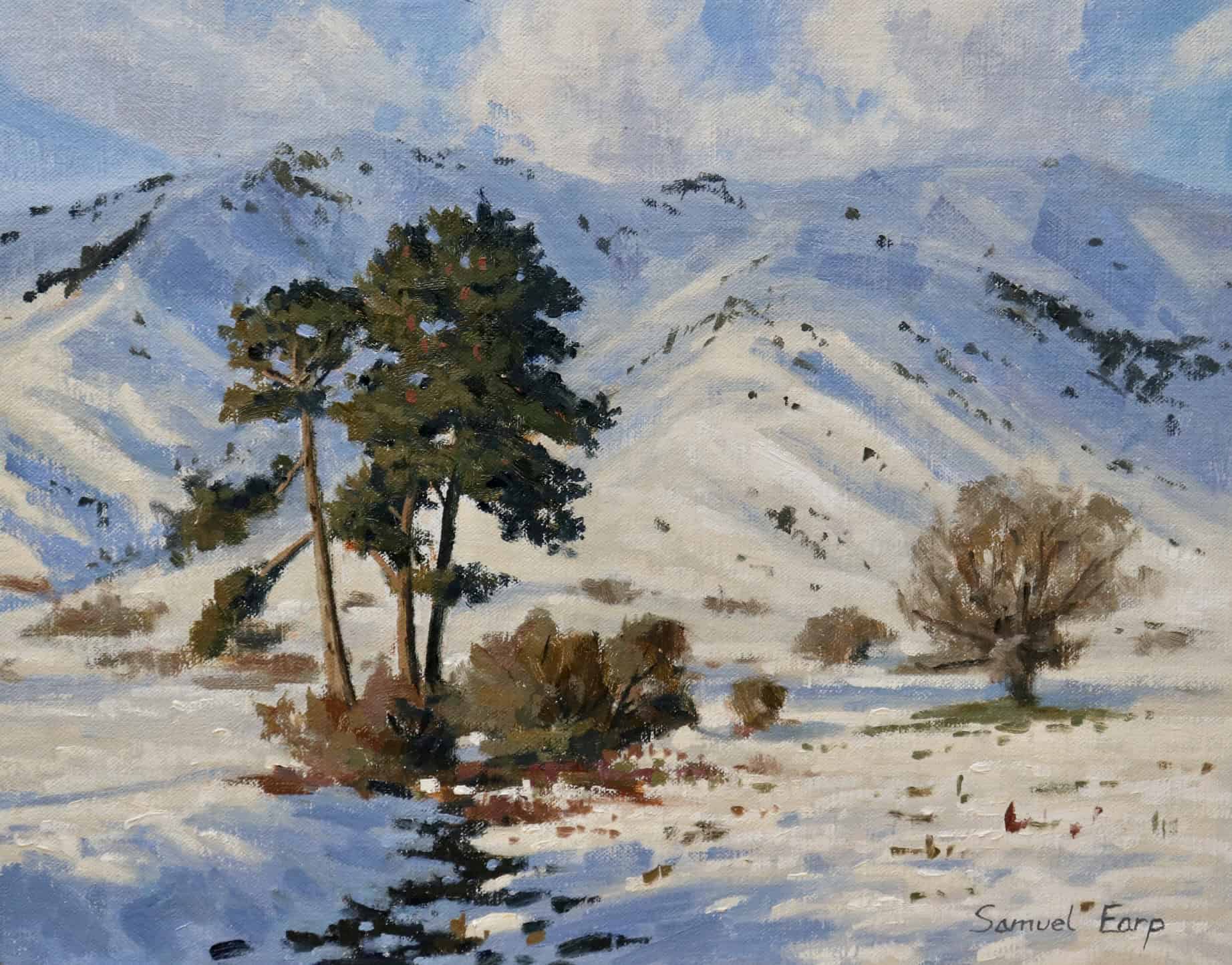In the realm of contemporary landscape art, few techniques capture the raw energy and vibrancy of nature quite like palette knife painting. This method, where artists wield a flexible blade to apply thick layers of oil paint directly onto the canvas, results in textured, expressive works that seem to leap off the surface. Particularly compelling are the small-scale pieces—compact canvases that pack a punch with their bold colors and intuitive responses to light, shadow, and form. These diminutive masterpieces are perfect for collectors seeking impactful art without overwhelming space, and they shine in both plein air painting sessions outdoors and refined studio environments.
This gallery feature spotlights the work of Sophia Langford, a California-based artist whose journey into palette knife painting began as an experiment and evolved into a signature style. Drawing inspiration from the diverse landscapes of the Golden State—from rugged coastlines to serene meadows—Langford's small, vibrant oils demonstrate how this technique can distill vast scenes into intimate, portable treasures. Shortly after discovering the palette knife techniques, she honed a set of materials and methods that allow her to respond spontaneously to the ever-changing play of color and texture in the natural world. Her pieces, often no larger than 8 x 6 inches, are celebrated for their immediacy and emotional depth, making them ideal for personal collections or as gifts for art enthusiasts.
Langford's background is rooted in traditional brushwork, but a pivotal workshop in 2015 introduced her to the palette knife's potential. "It was liberating," she recalls in an interview with PleinAir Magazine. "The knife forces you to commit to bold strokes, building layers that mimic the roughness of bark or the softness of a sunset glow." Transitioning from brushes to knives, she adapted her palette to include high-pigment oils that hold their shape, ensuring her small canvases retain vibrancy even in low light. This shift not only accelerated her painting process—crucial for plein air work where weather can change in moments—but also infused her art with a sculptural quality, where impasto effects create three-dimensional illusions.
The allure of small palette knife paintings lies in their accessibility and versatility. Unlike larger works that demand expansive walls, these pieces fit seamlessly into modern homes, offices, or even travel kits for artists on the go. They encourage viewers to lean in, discovering subtle details in the textured surfaces that brushes might smooth away. In plein air settings, the knife's efficiency shines: artists can mix colors directly on the canvas, blending wet-into-wet for seamless transitions that capture fleeting atmospheric effects. Studio refinements add polish, allowing for deeper exploration of composition and color harmony.
Let's delve into the techniques that make these paintings so captivating. Palette knife painting starts with selecting the right tools—a variety of knife shapes, from trowel-like for broad areas to pointed for fine details. Langford favors a medium-flex blade for her small works, applying paint in short, decisive dabs that build volume. Preparation is key: she primes her canvases with a toned ground, often a warm ochre, to unify the composition from the outset. Color mixing happens on a glass palette, where she blends vibrant hues like cadmium yellows, ultramarine blues, and alizarin crimsons to evoke seasonal shifts.
One hallmark of her style is the emphasis on light and texture. In outdoor sessions, she observes how sunlight filters through leaves or casts long shadows, translating these into layered knife work. "The knife allows me to sculpt the paint, creating ridges that catch the light just like real terrain," she explains. For beginners, she advises starting small to build confidence—experiment with scraping back layers to reveal underpaintings, adding depth and history to the piece. Common pitfalls include overworking the surface, which can muddy colors; instead, embrace the knife's inherent abstraction for more dynamic results.
Now, immerse yourself in this curated gallery of Langford's recent small oils. Each piece, created between 2023 and 2025, showcases her mastery of the palette knife in capturing nature's essence. These works are available through select galleries or her personal studio, with many finding homes in private collections worldwide.
1. “Blossoming Wilds,” 2024, oil, 6 x 6 in., Private collection, Plein air
This enchanting piece transports viewers to a sun-drenched meadow bursting with wildflowers. Langford's knife work renders the petals in thick, swirling impasto, creating a sense of movement as if a gentle breeze rustles through the scene. Vibrant reds, yellows, and purples dominate the foreground, contrasting against a soft azure sky. Painted en plein air during a spring hike in California's Sierra foothills, it exemplifies her intuitive approach—capturing the fleeting bloom before the light shifts.
2. “Winter Radiance,” 2023, oil, 6 x 6 in., Collection of the artist, Studio
Here, Langford explores the subtle glow of a snowy landscape at dusk. Layers of cool blues and whites are scraped and built up with the knife, forming textured snowdrifts that gleam with hints of pink and gold from the setting sun. This studio-refined work draws from plein air sketches, where she noted the way light refracts off ice crystals. The result is a serene yet vibrant composition that warms the soul despite its chilly subject.
3. “Autumn Avenue,” 2025, oil, 8 x 6 in., Collection of the artist, Plein air
Depicting a bustling urban street lined with fall foliage, this painting pulses with energy. Bold knife strokes capture the fiery oranges and reds of turning leaves, reflected in rain-slicked pavements. Langford painted this on location in a coastal town, using the knife to quickly layer wet paint for glossy effects. It's a testament to how palette knife techniques can adapt to urban scenes, blending natural and man-made elements seamlessly.
4. “Indigenous Flora,” 2024, oil, 6 x 6 in., Collection of the artist, Plein air
Focusing on a field of native plants under a hazy sky, this work celebrates biodiversity with earthy greens and pops of wildflower color. The palette knife's broad sweeps create a sense of depth, with foreground textures drawing the eye into the distance. Created during an environmental retreat, it reflects Langford's commitment to sustainable art practices, using eco-friendly oils to honor the land she depicts.
5. “Snowbound Serenity,” 2023, oil, 6 x 6 in., Collection of the artist, Studio
A blanket of fresh snow covers rolling hills in this tranquil scene, with sparse trees punctuating the white expanse. Langford's knife application builds luminous layers, capturing the soft diffusion of winter light. Based on field notes from a mountain excursion, this studio piece refines the raw energy of plein air into a polished gem, inviting contemplation of nature's quiet beauty.
These selections illustrate the power of small palette knife paintings to evoke grand emotions. Langford's art not only beautifies spaces but also connects viewers to the outdoors, reminding us of nature's endless inspiration. As featured in publications like PleinAir Magazine, her work continues to influence emerging artists exploring this tactile medium.
Beyond the gallery, palette knife painting offers endless possibilities for aspiring creators. Materials are straightforward: quality oil paints, a selection of knives, and sturdy small canvases or panels. Start with basic exercises, like applying single colors in varying thicknesses to understand texture. Advanced tips include using the knife's edge for fine lines or its flat side for blending, always working from dark to light for luminosity.
In plein air contexts, portability is paramount—Langford carries a lightweight pochade box fitted for knives, allowing quick setups amid changing conditions. Challenges like wind or insects are met with resilience, turning obstacles into creative opportunities. For studio work, she incorporates references from photos or sketches, layering knives over initial brush underpaintings for hybrid effects.
The vibrancy in these small pieces stems from color theory: complementary contrasts heighten intensity, while analogous schemes create harmony. Langford often employs a limited palette—three primaries plus white—to force inventive mixing, resulting in unified, glowing compositions.
Collectors appreciate these works for their affordability and display ease. Framed simply, they adorn bookshelves, desks, or grouped in salon-style walls. Their textured surfaces interact with room lighting, evolving throughout the day much like the landscapes they depict.
As the art world embraces more intuitive, expressive forms, small vibrant palette knife paintings stand out for their authenticity. Artists like Langford prove that size doesn't limit impact; instead, it concentrates essence, making each stroke a story.
(Word count: approximately 2050)
FAQ
What is palette knife painting?
Palette knife painting involves using a flexible blade to apply and manipulate paint, creating textured, impasto effects that add depth and vibrancy to artworks.
How does plein air painting differ from studio work?
Plein air painting is done outdoors to capture natural light and atmosphere directly, while studio work allows for refinement using references, offering more control over conditions.
What materials are essential for starting palette knife art?
You'll need oil paints, a variety of palette knives, small canvases or panels, and a palette for mixing. For tips, check resources like PleinAir Magazine.
Can beginners try small palette knife paintings?
Absolutely! Start with simple landscapes and practice building textures. Resources on palette knife techniques can guide you.
Where can I find more inspiration for this style?
Explore galleries, magazines, or online platforms dedicated to outdoor art. Artists like those featured in PleinAir Magazine offer workshops and exhibitions for deeper engagement.









